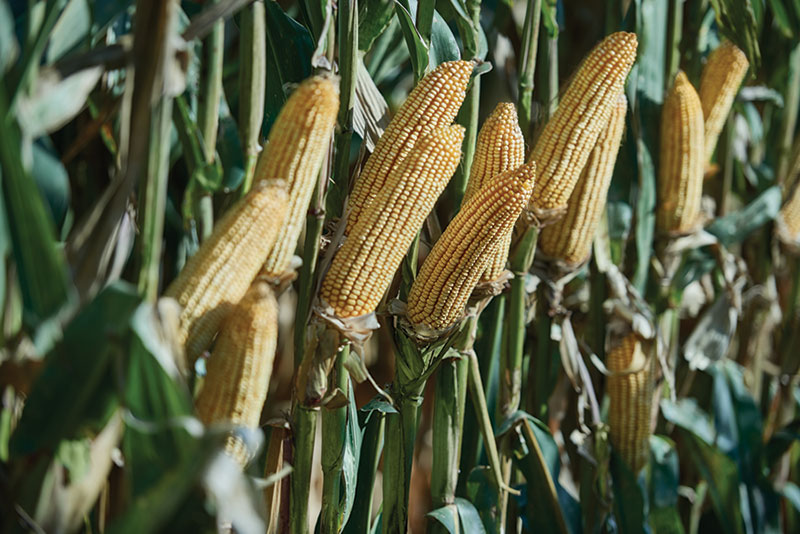Are New Crop Input Technologies Positioned to Disrupt the Traditional Distribution Channel?
This March I got the opportunity to travel to San Francisco to attend the World Agri-Tech Innovation Summit to get a taste of Silicon Valley’s perspective on the future of agriculture technology.
The meeting kicked off with a presentation from a gentleman named Astro Teller, who’s known as the Captain of Moonshots (yes) at Alphabet’s X Development, which is the Google parent company’s big idea incubator.
He encouraged the crowd of better than 1,300 to pursue “moonshots” — today’s snicker-generating ideas that turn into tomorrow’s disruptive products and organizations.
With a group this broad and this large, there were plenty of moonshots to go around, and several more to come, inspired by networking and conversations and roundtable discussions.
I found some of these interesting, but I was looking for some trends and products a bit closer to “farm scale,” as they say. What’s almost ready for prime time?
A side note: This conference lumps a lot of “technology” under one roof, from animal agriculture, biotech, and crop input development down to food delivery service. So with that in mind, one overall trend I noticed was interest in technology that could unseat the gatekeepers that rule over what crop inputs reach the farmer market, and how they get there.
I’ve editorialized about this before. We’re down to four mega crop protection manufacturers, all with direct or indirect links to seed that each have sought to exploit through tightly controlled marketing programs, and four mega fertilizer companies. Breaking into the distribution channel, as almost any post-patent organization would tell you, is an extremely high hurdle to climb.
With shrinking ranks and core products becoming increasingly commoditized, investors see potential openings to bring products to market that don’t run up against the gatekeepers.
One such company is Pivot Bio, which quietly developed a soil-applied microbe that has so far proven effective in keeping spring-applied nitrogen available to crops through the growing season, eliminating the need for an in-season pass.
Pivot asserts that less nitrogen can be applied in the spring without a negative yield consequence, but skeptical farmers who applied the same amount they would have otherwise still achieved a bump in yield.
Because it’s applied in-furrow, the product is not beholden to the traditional manufacturing channel that a seed treatment or tank-mix partner might have to endure. But it could be an opportunity for ag retailers to bring it to their markets and help farmers to use.
This year’s supply sold out based on the strength of last year’s trials, so we should all have an ear to the ground as to how this product plays out. Of course, if it does prove effective and wider distribution results, the entire U.S. nitrogen market could feel it.
“A market as consolidated as ag input manufacturing currently is should be ripe for disruption,” noted one investment consultant I spoke with at the conference. She put Pivot and other companies she’s watching in this category.
For retailers, it’s another important factor to watch for when considering challenges, risks, and opportunities in the years ahead.






